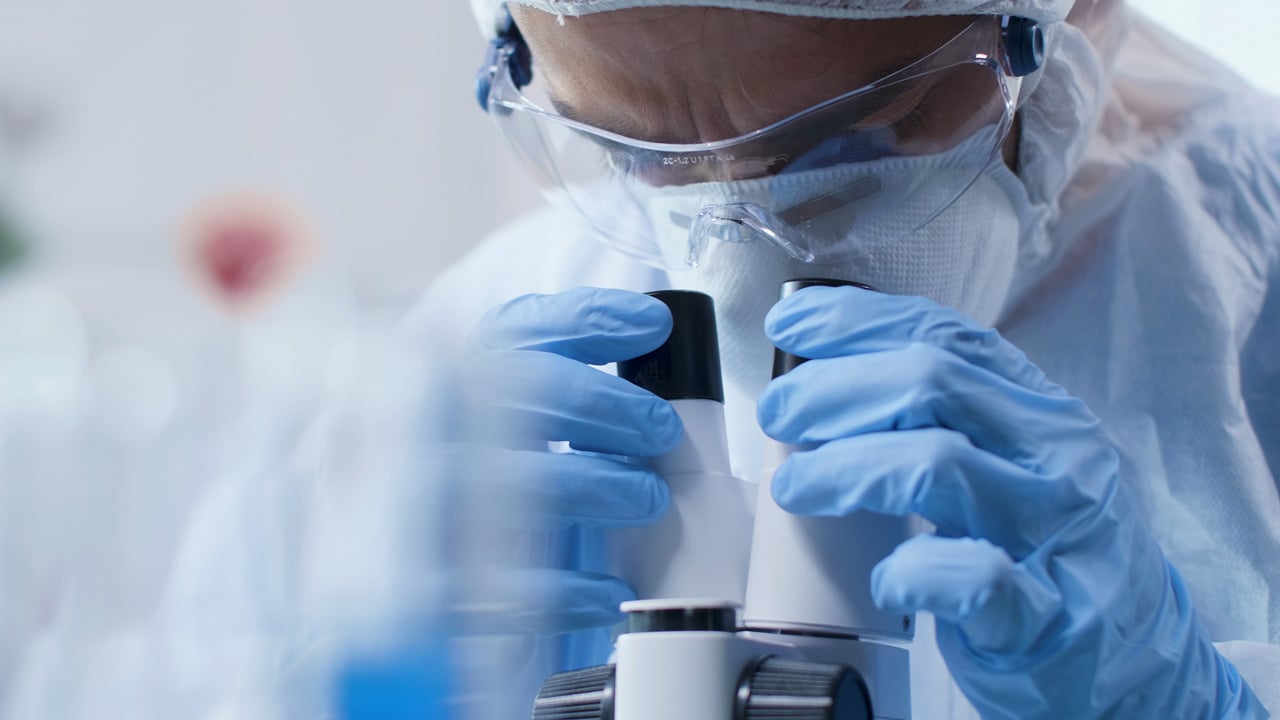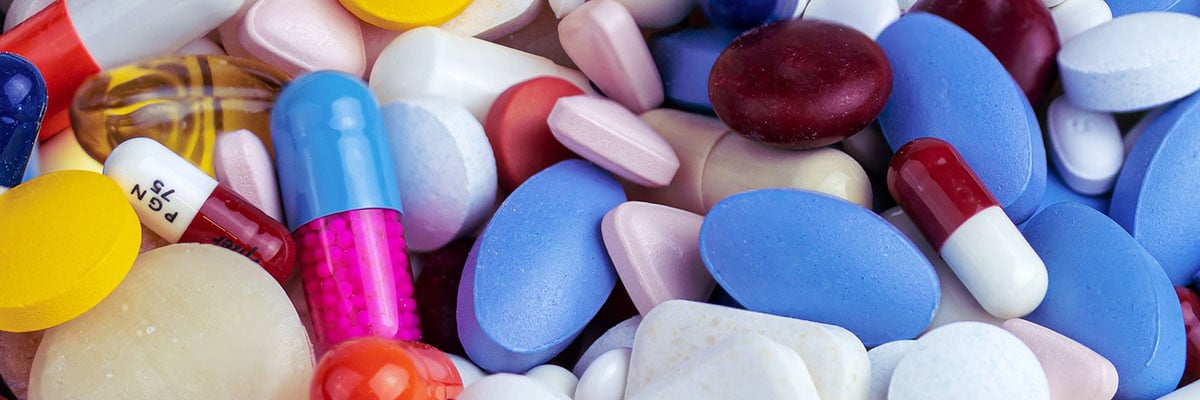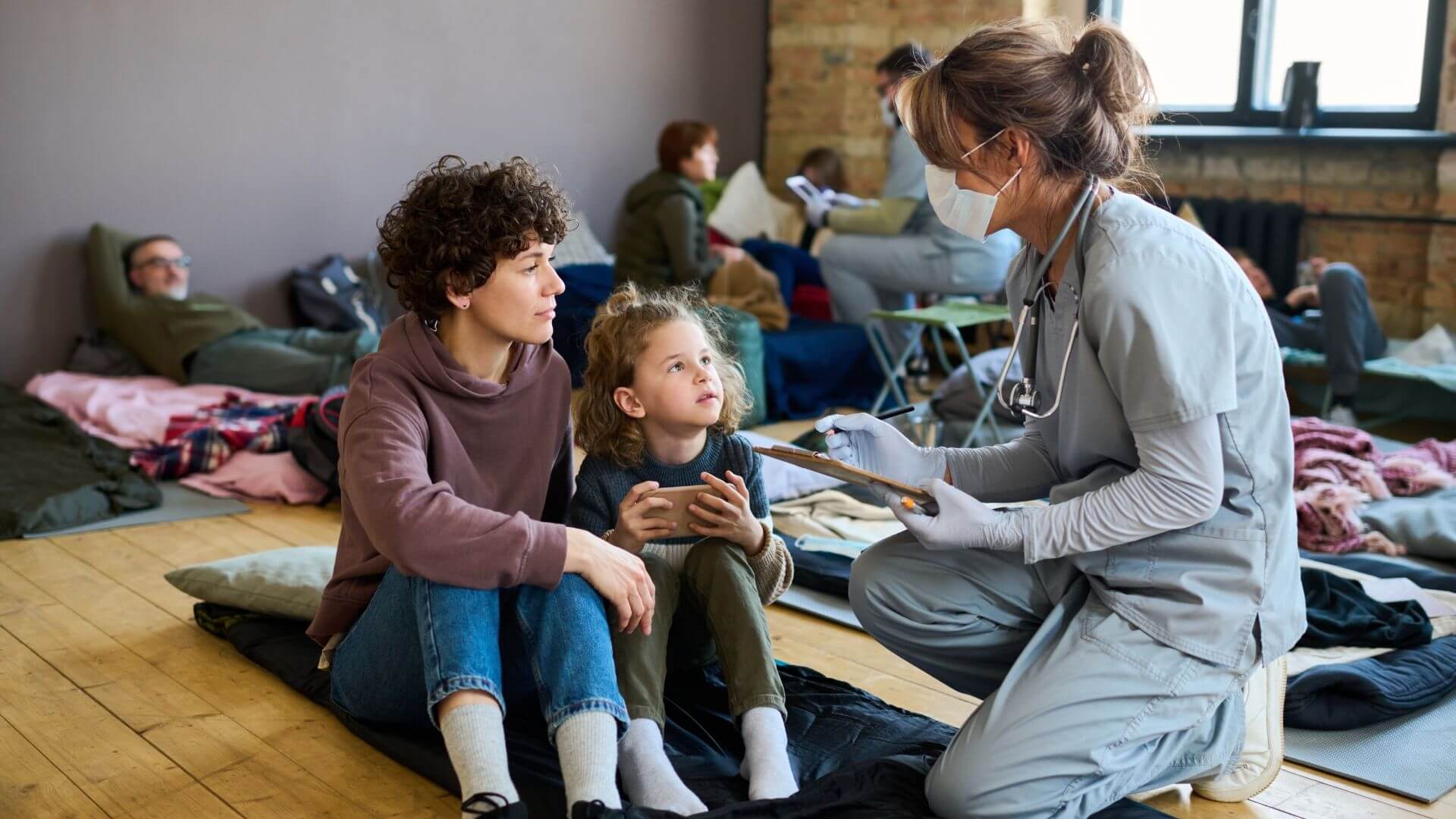World Patient Safety Day, designated the 17th of September by the World Health Organization, is designed to help reduce patient harm. This year’s theme, ‘engaging patients for patient safety’, prompts us to reflect on the significance of language as an invaluable tool to engage and empower patients, their families and caregivers. After all, less than 20% of the world’s population speaks English. What could be more crucial in elevating the voice of patients than ensuring we respect their cultural and linguistic diversity?
As language and content experts, we have seen countless times effective communication has proved pivotal in ensuring the safety and well-being of patients. Today, we delve into the depths of this discussion, exploring why language is integral to fostering health safety worldwide.
We'll touch on how effective translation and localization can help;
- Improve health literacy among patients
- Adapt messaging to fit different cultures
- Ensure effective patient engagement
- Maximize the safety of drugs and medical devices
- Help make digital health and remote patient monitoring more effective.
Patient safety is a critical aspect of modern healthcare. Evidence from the OECD suggests that in high-income countries about one in ten patients is harmed while receiving hospital care. In low and middle-income countries, about 134million adverse events occur annually.
In light of these figures, a growing emphasis is being put on patient safety, and here are some of the key reasons why:
- High-profile cases of medical errors and adverse events have brought public attention and scrutiny to the topic, leading to pressure to improve from regulatory bodies and governments.
- Medical advancements and new technologies might unlock improved patient care , but can often introduce new complexities and potential risks.
- Beyond the vital human cost, healthcare providers can face significant financial consequences from medical errors and adverse events, including legal fees, compensation payouts - and reputational damage too.
- Advances in data collection and big data analysis have allowed healthcare organizations to identify previously obscured patterns, trends and areas of concern in patient safety.
- The shift to patient-centered care puts emphasis beyond simply medical treatment - on overall well-being and patient experience.
- The Covid-19 pandemic brought into focus unique patient safety challenges, including infection control, resource allocation and remote care, as well as the need for adaptable safety protocols.
Ongoing efforts to improve patient safety often focus on awareness, education, regulatory measures and technological advancements - but one aspect that is often overlooked is the importance of language, and the vital role language services play in ensuring patient safety.
The Role of Language Services in Healthcare
Any healthcare professional will tell you how essential clear communication can be in healthcare settings. Avoiding misunderstandings about the correct dose, ensuring patients understand medical instructions, and providing clarity in patient information leaflets - all of these are important. Clear communication can be enough of a challenge when working in one language - just think of the cliche of a doctor’s impenetrable handwriting. When communicating with patients across languages, it becomes even more crucial.
So, let’s take a look at some of the areas where translation and localization can really benefit patient safety:
Understanding medical information
It’s vitally important that patients understand their diagnoses, treatment plans, patient information leaflets and other critical literature. There could be dire consequences if patients are left in doubt because of poor translations - or simply the lack of information they need in a language they’re fully comfortable with.
This plays a key role in a patient’s ability to provide informed consent - they can’t even begin to understand medical information if they’re having difficulty with the language it’s provided in, let alone make an informed decision.
















